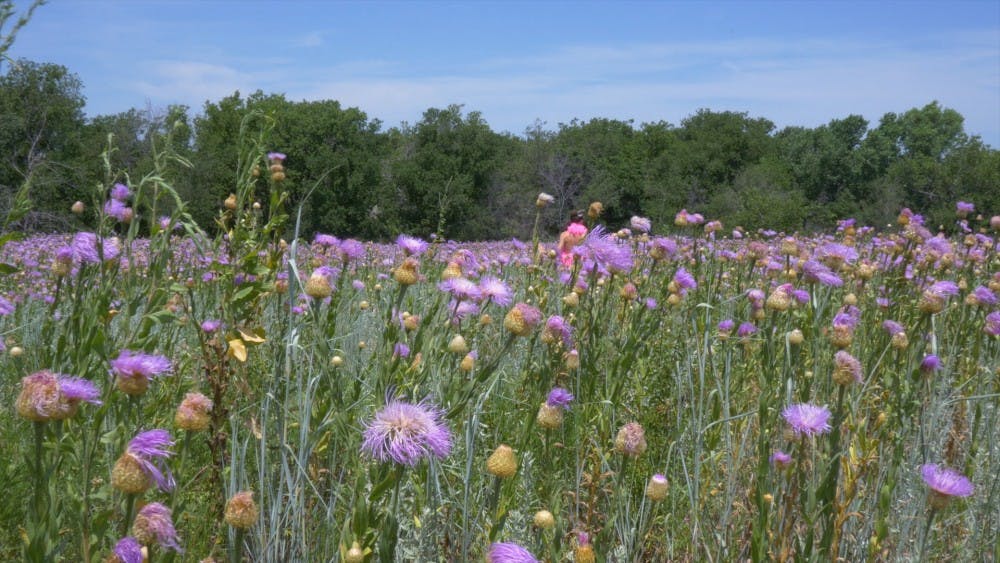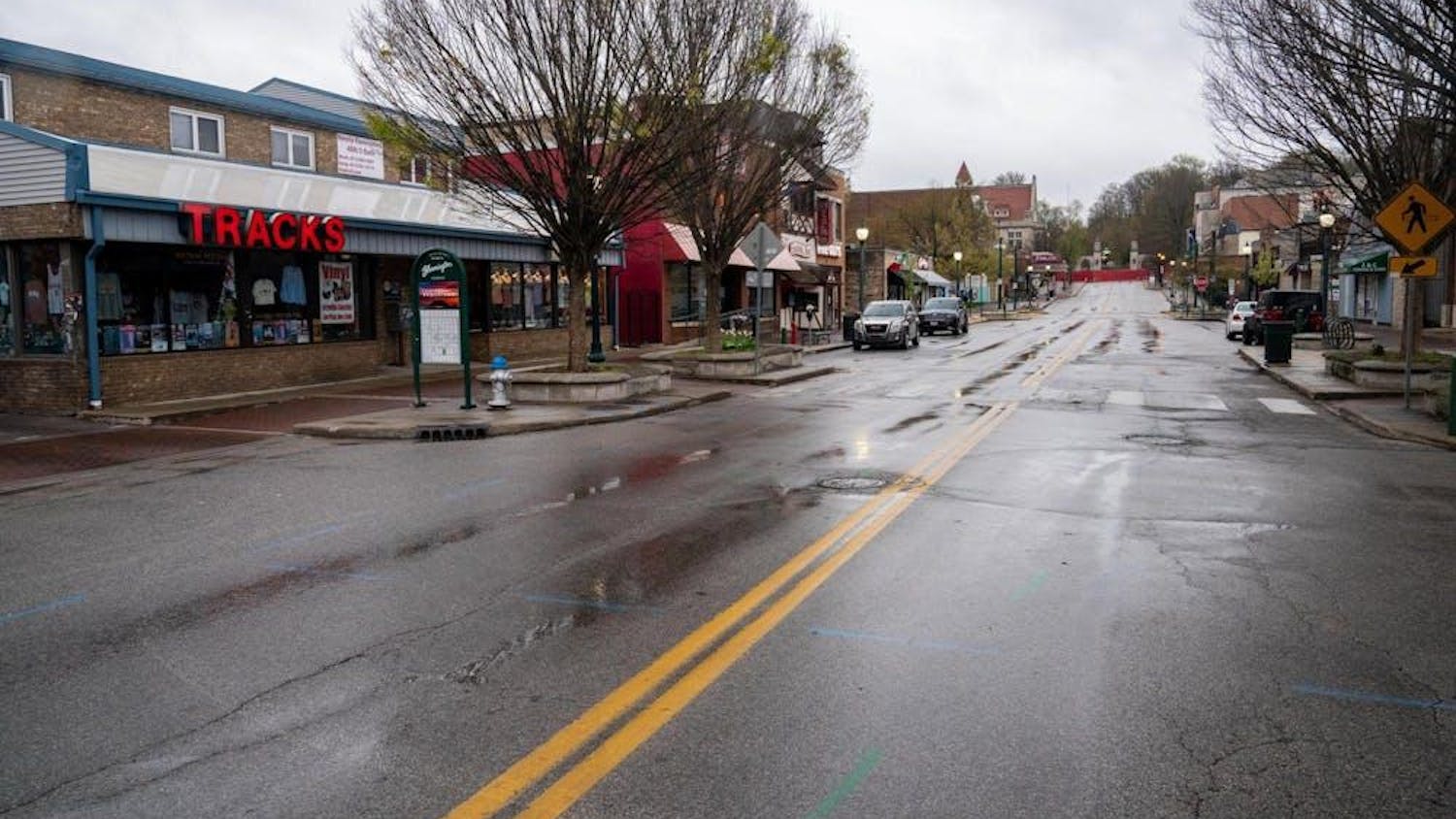Sarah Lasley, a digital art lecturer at the School of Art, Architecture and Design, recently created an art film called “The Imagemaker.”
Lasley filmed, edited and did all of the acting for "The Imagemaker" herself, and the film was presented at multiple film festivals in the past two years and was recently shown at the CinqueTerre FilmFest in Italy.
The IDS sat down with Lasley to discuss the process of making her film and the meaning behind it.
INDIANA DAILY STUDENT So what is the difference between an art film and a regular film you would go see at a movie theater?
LASLEY I would say that the defining characteristic for me, between art film and experimental film and narrative conventional film, is really the emphasis on storytelling versus an emphasis on form. I’m really interested in form — the material of film, what it means to go from one point-of-view of looking at someone to being now inside that body look. That’s a formal thing more than a narrative thing. I’m interested in how you can use the motivation of the camera, the aesthetics of film and the mise-en-scène in the shot to expand the painting or the picture.
IDS What is the meaning of the film’s title? What’s it about?
LASLEY Originally, I wanted to call it “The Imagemaker Has the Power,” which is a little on the nose because the idea is that there’s this suggestion of “an other” that’s in the film with her. It was really a literal way to talk about the difference between when she’s able to see versus whenever someone else is seeing, and she is the object of that seeing. It was really about that power exchange. The image-maker is maybe her, the image-maker is maybe them, whoever they are, or maybe I am the image-maker as the director.
When I’ve described the film, I usually describe it in cold narrative terms, so that the expectation is that we’re going to watch some kind of narrative film. I usually say something like what’s on my website — A Vegas showgirl wanders into the desert while performing her routine. While she is stuck in the desert, she is forced to acknowledge her body as an organism that needs food and water, and not just as an object for visual pleasure. There’s this presence of a voyeur that turns predatory. Really, the film for me is about the Sisyphean problem of women never being able to be comfortable not being self-conscious, but also self-consciousness is also a limiting factor. This idea of self-consciousness is really what it’s about in a lot of ways for me, that the minute you actually get rid of that burden of self-consciousness, you’re now vulnerable to not being aware of your surroundings.
IDS Where was “The Imagemaker” filmed?
LASLEY The opening location is in Tuscon, Arizona, because it’s the only place in the United States that has Saguaro cacti, the ones that look like little men. I wanted it to be like the cartoon of a cactus, these other bodies. I shot most of it there, then I drove to New Mexico, and I shot the whole second scene at Georgia O'Keeffe's Ghost Ranch in Abiquiu. That was amazing because her presence is still in the land there, so it kind of felt like collaborating with O’Keeffe.
The whole ending with the jungle I actually shot four years ago in Costa Rica. In no way was it meant to be a part of any project, especially this project. I was just going back through and watching it and I found a moment where for no reason, I started running with the camera. Then I found a place where I stopped and I didn’t turn the camera off before I moved my hands down, and I was like “Okay well, there, that’s violence.” The water part is shot in Massachusetts. The shot of the big tree near the ending is actually a tree in my backyard here.
IDS What was it like to wear all the hats during this filmmaking process?
LASLEY When I was shooting it, I told myself it was just therapy and I was never going to show it to anybody. I knew I was lying, but I had to believe my own lie in order to feel worthy enough to make it. I’m used to wearing a lot of performative hats in my life, as a professor, as an artist, as a karaoke singer, as a karaoke host, as a daughter to a kind of conservative family, there are all of these different ways that I behave and I perform being in Indiana. This kind of felt in line with that. The “being alone-ness” was the only way I was able to make this project. If I had been working with someone else, then I would have felt responsible in letting them know what’s going on, and when it was just me I was allowing myself to stay in a place of not really knowing what was going on.
IDS What was your favorite part in the film?
LASLEY I really loved the last six-minute abstract nature pan. That’s exactly what I love doing, that’s the subject I love, that’s the kind of thinking I love. With this whole piece, I was trying to talk about “being,” like how can you “be” with a frame? How do you get a sense of the whole of an experience with this limit of a frame? I was thinking about horizontal panning as a way we usually identify the landscape that we’re in, and I was like “No, that has too many other conventions, that feels like purveying, that feels like surveying,” and it has this ownership that I don’t love. But, a vertical pan, when you start shifting from horizontal to vertical, it gets a little more spiritual. It’s this sliver of a direction of wholeness, this vertical sky to earth, that we don’t think about as much, that we’re not as comfortable with.






